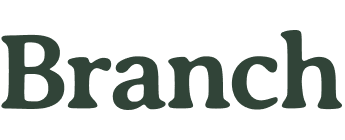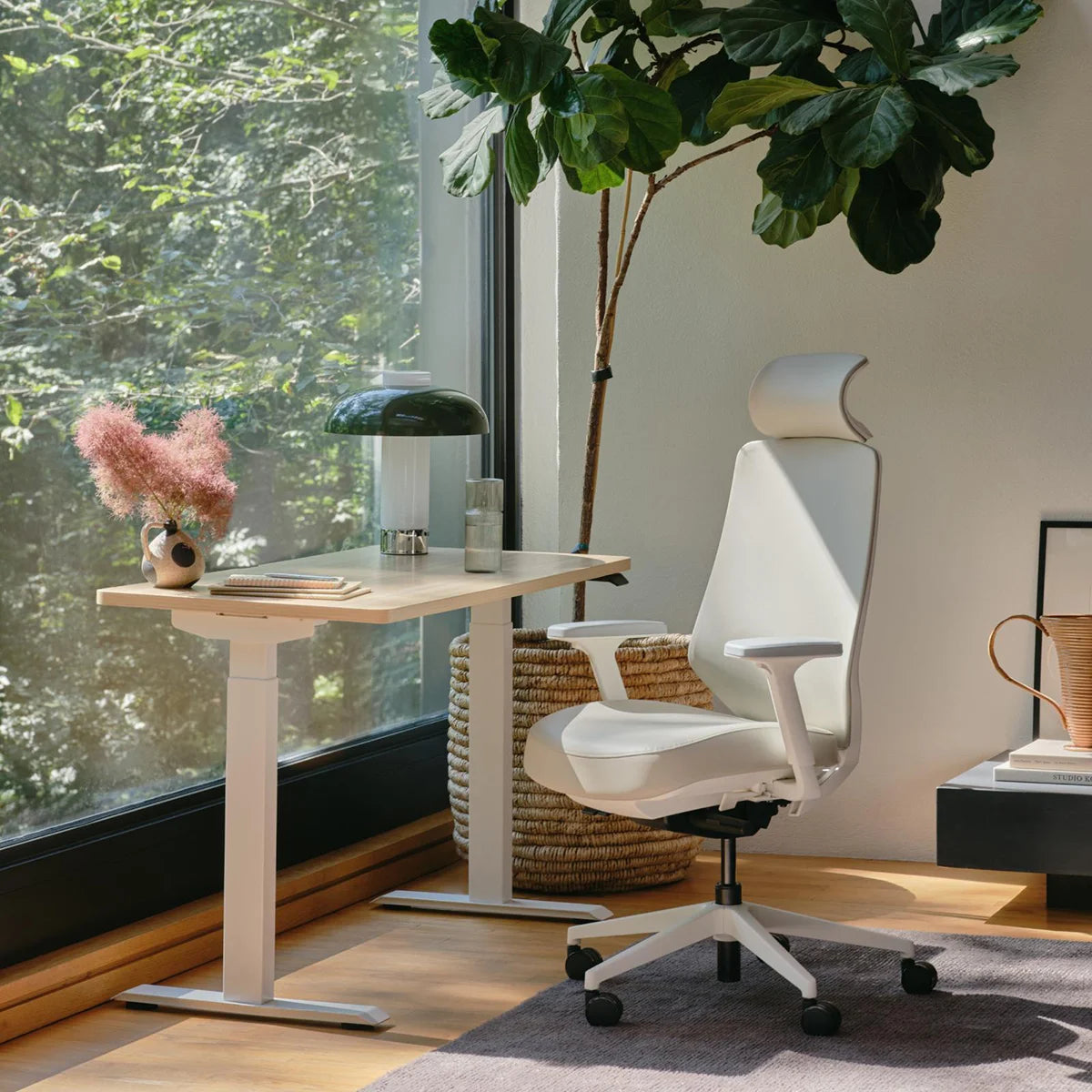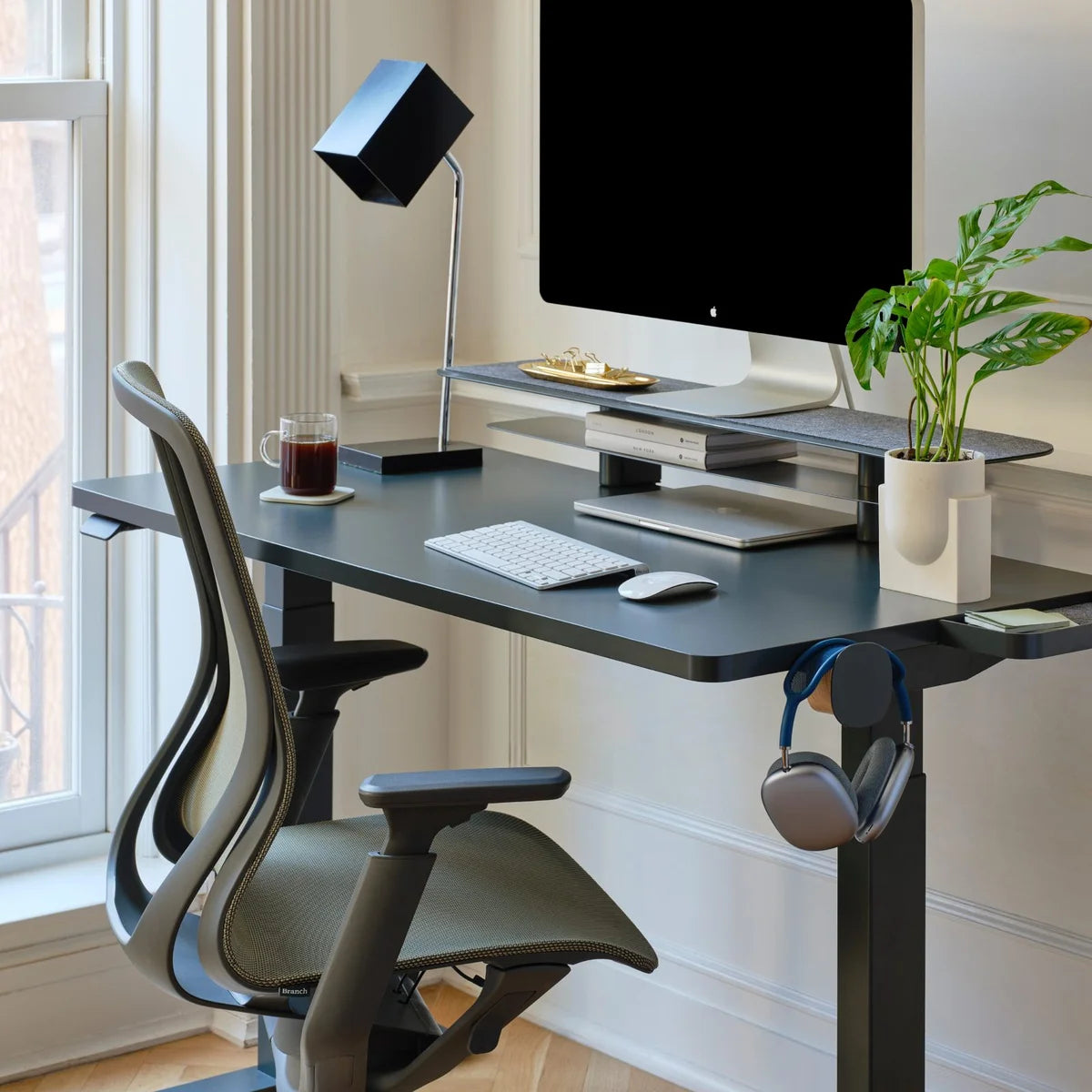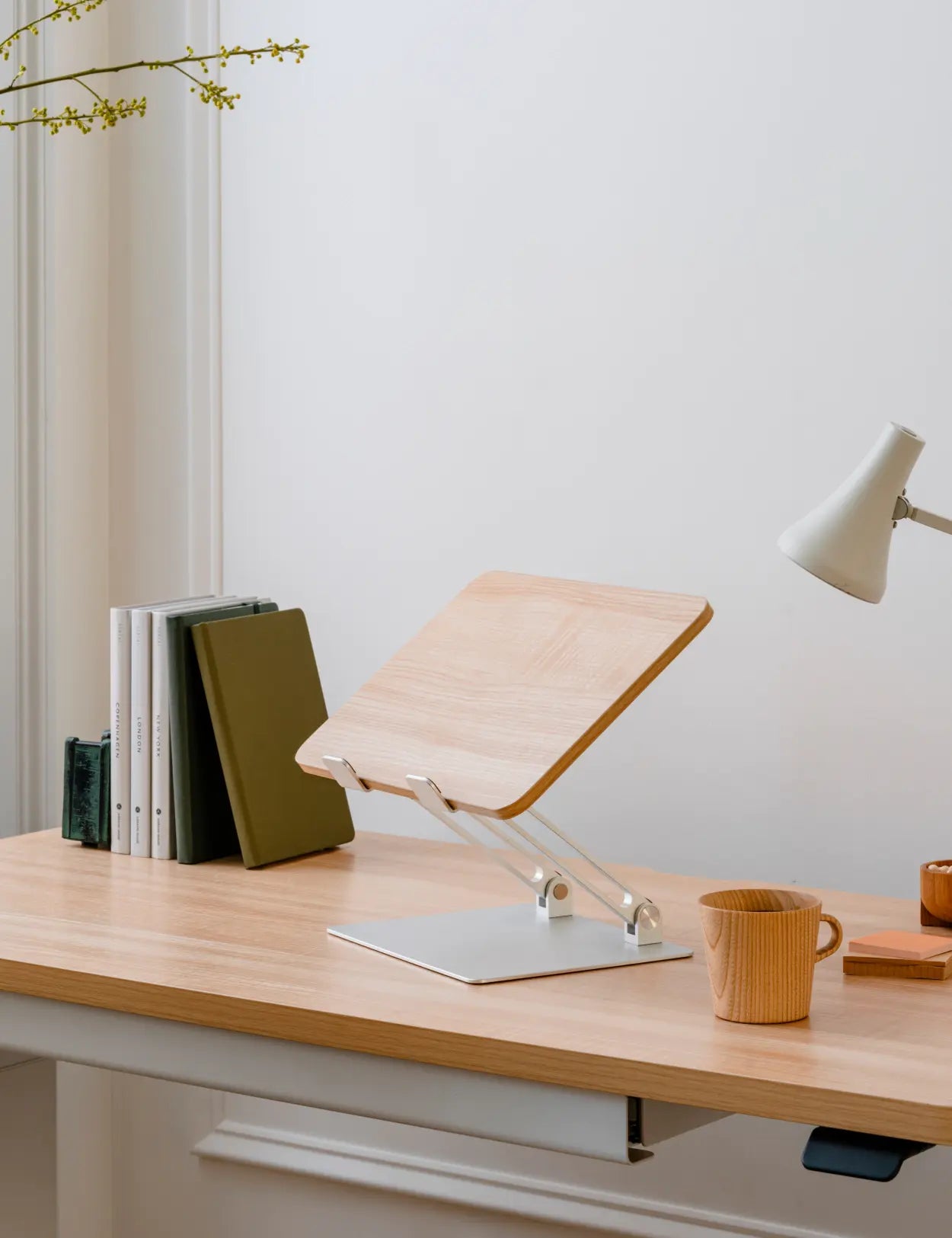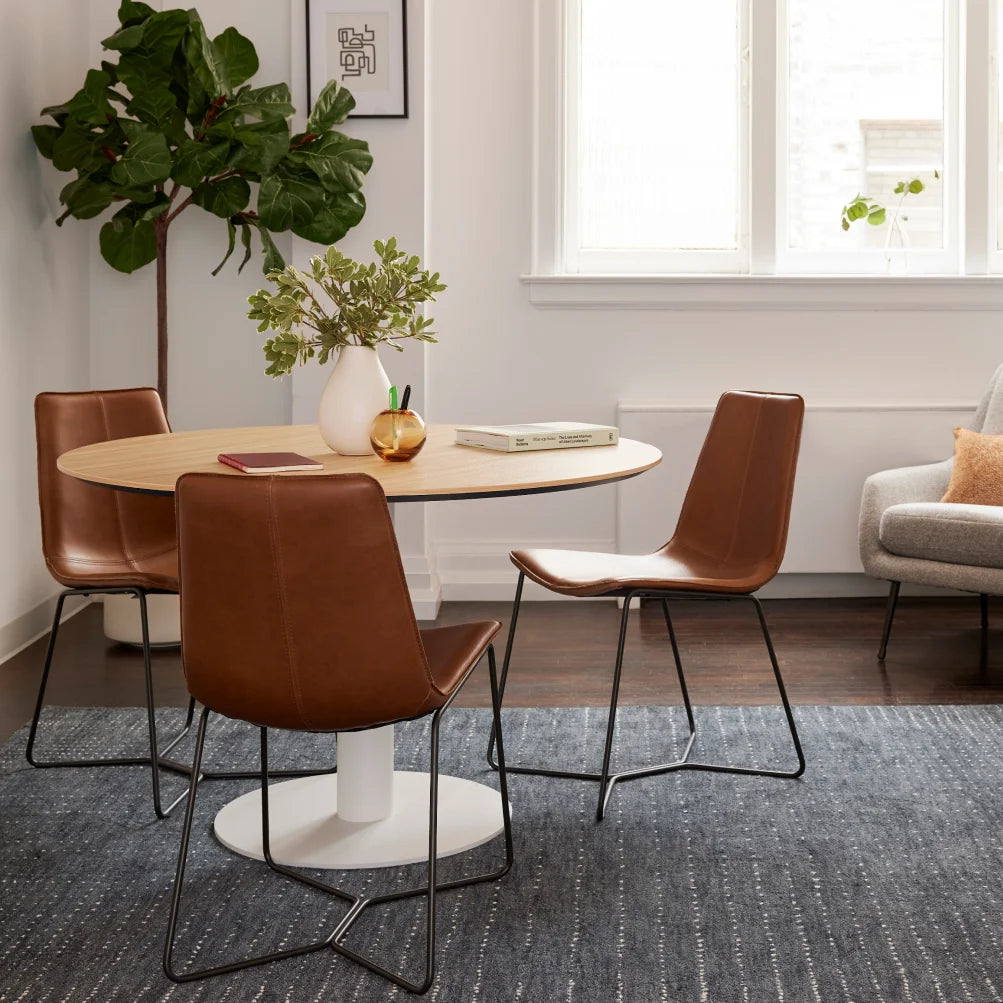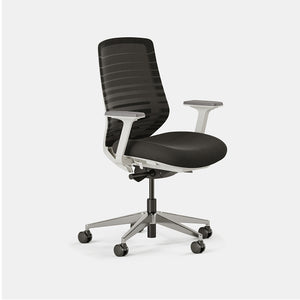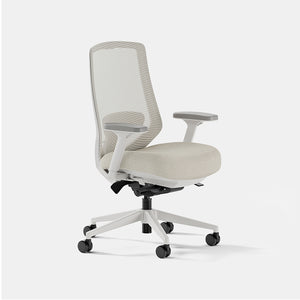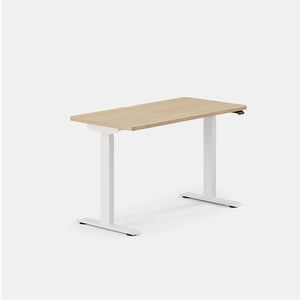We spoke with HOK office interior designer, Meg Buchanan, about her current work reimagining safe office spaces, as well as her insights into how to set up the best WFH routine and home office.
Home Work Issue No. 2: Meg Buchanan, Office Interior Designer at HOK
On post-COVID office design & the return to work
On designing a home office that helps you work better
- Having a second screen is a game-changer
- In addition, having a proper task chair is key—though my mom won’t let me use one at the dining room table....
- Always prepare for your day, and keep the things you’ll need with you: a water bottle, your headphones, a notebook, etc. Keeping them right next to you lets you focus and stay on track.
- Having access to daylight is very important—sitting by a window lets you keep an innate sense of time passing. (Make sure to be adjacent to avoid screen glare.)
On how to get the most out of your work from home routine
On new furniture, exclusive sales and more.


